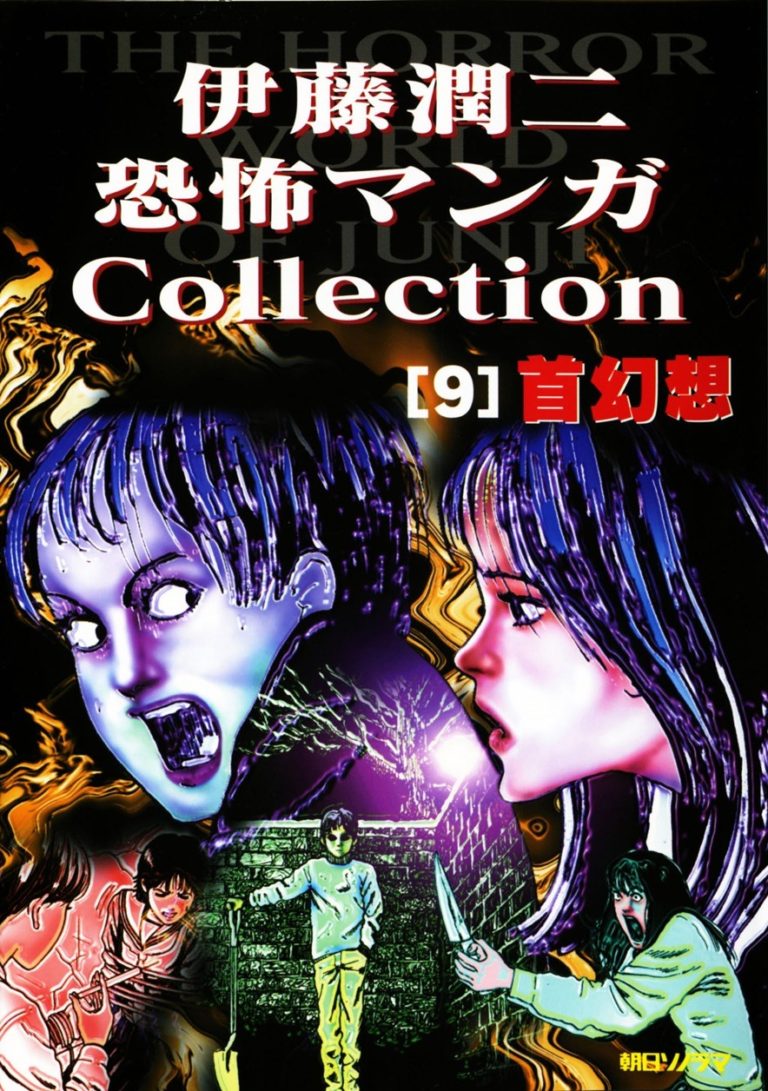

Ito’s monster can barely be contained within That has been brought to life in every form of media from literature to cinemaĪnd that’s the crucial difference. The idea of a shambling brute comprised of stitched-together corpses Space-devouring monstrosity of epic proportions and intricately-renderedĭetails. Literal realization culled straight from Shelley’s text, but one that hasĪnyone this side of Bernie Wrightson.

Frankenstein’s monster is a revelation, an admittedly And that, as you’d expect, is when things get well and truly interesting. Patience is a virtue, though, of course, and while Ito’s sunlit Victorian rooms, fancy dress, and wedding planning - beautifully and delicately rendered as it all is - curiously and conservatively offers no visual translations of the confining and restrictive social norms and customs of the time, it mercifully gives way to what we’re all here for, that being sheer, unrelenting terror. It’s a breezy enough slog, though, paradoxical as that no doubt seems, but given that most readers are likely coming to this work already well-familiar with the unofficial master of horror manga’s track record for the grotesque and the obsessively-detailed, the dry and surprisingly faithful re-telling of Shelley’s story initially offers little for the artist to sink his teeth into - or for audiences to get particularly excited about.

In a funny way, then, Viz editorial’s business-driven choices reflect Ito’s artistic ones, but fair warning: it takes a little while to suss this out, and the early going is, harsh as it may sound, at least a little bit of a slog. Any way you slice it, Viz Media’s 2018 hardcover English-language packaging of Junji Ito’s Frankenstein is packed to the gills - for one thing, Ito’s titular adaptation of Mary Shelley’s horror classic only takes up roughly 40-some percent of the book itself, while the bulk of the page count being taken up by a story called “Neck Specter” which features a young boy who murders his best friend and is subsequently haunted/tormented by visions of the people around him with preternaturally (hell, supernaturally is probably more accurate) long necks, and a series of early-days strips revolving around a recurring protagonist named Oshikiri who falls victim to a subtle “invasion” of dark, parallel-reality versions of people he knows, himself included - but while this “bumper volume” presentation can probably be explained away by the publisher’s need and/or desire to get as much of the Ito content they hold the rights to out into the hands of an eager fan base, it’s nothing compared to the sheer bulk of visual information (barely) contained by the main feature itself.


 0 kommentar(er)
0 kommentar(er)
